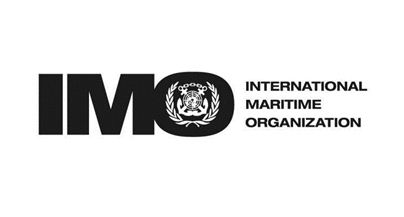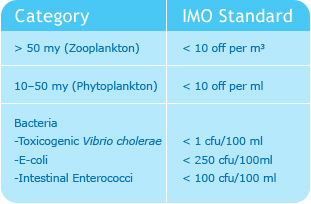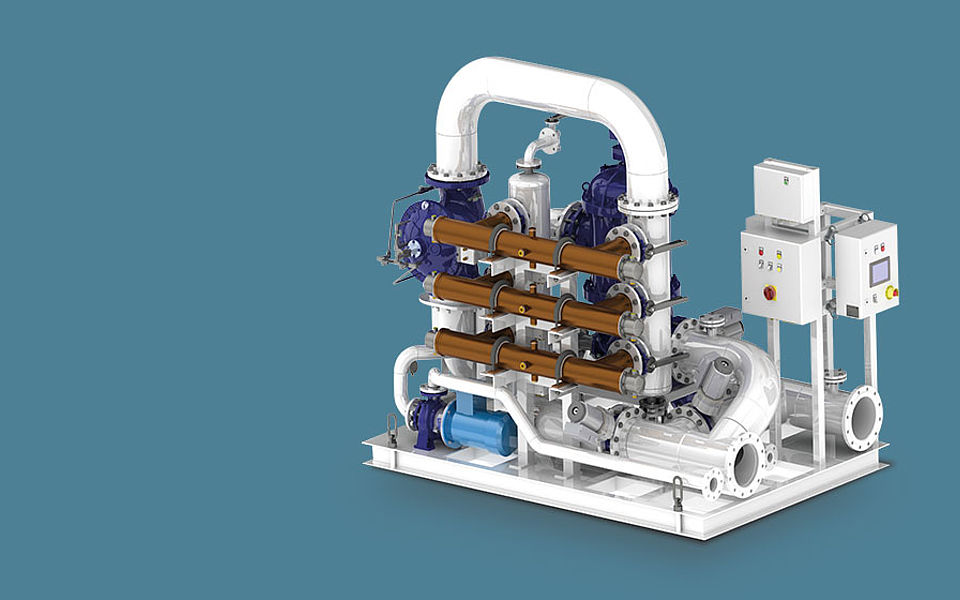IMO

The IMO (International Maritime Organisation) convention for Ballast Water Management will apply to all ships and offshore structures that carry ballast water and are engaged in international voyages.
GLOBAL IMO STANDARDS
The International Convention for the Control and Management of Ships Ballast Water & Sediments was adopted by Diplomatic Conference at IMO in London, February 2004.
RATIFICATION BWMC
The International Convention for the Control and Management of Ships' Ballast Water and Sediments (BWM Convention) will enter into force on 8 September, 2017.
In order for the Ballast Water Management Convention to enter into force it was required that 30 flag states, representing at least 35% of the world fleet tonnage ratified the convention. On September 8, 2016, Finland accepted the Ballast Water Management Convention. The accession brings the combined tonnage of contracting States to the treaty to 35.1441%, with 52 contracting Parties.
www.imo.org (Status of conventions)
PERFORMANCE STANDARD
Regulation D2 Ballast Water Performance Standard
1 Ships conducting Ballast Water Management in accordance with this regulation shall discharge less than 10 viable organisms per cubic metre greater than or equal to 50 micrometres in minimum dimension and less than 10 viable organisms per milliliter less than 50 micrometres in minimum dimension and greater than or equal to 10 micrometres in minimum dimension; and discharge of the indicator microbes shall not exceed the specified concentrations described in paragraph 2.
2 Indicator microbes, as a human health standard, shall include:
1 Toxicogenic Vibrio cholerae (O1 and O139) with less than 1 colony forming unit (cfu) per 100 milliliters or less than 1 cfu per 1 gram (wet weight) zooplankton samples ;
2 Escherichia coli less than 250 cfu per 100 milliliters;
3 Intestinal Enterococci less than 100 cfu per 100 milliliters.



